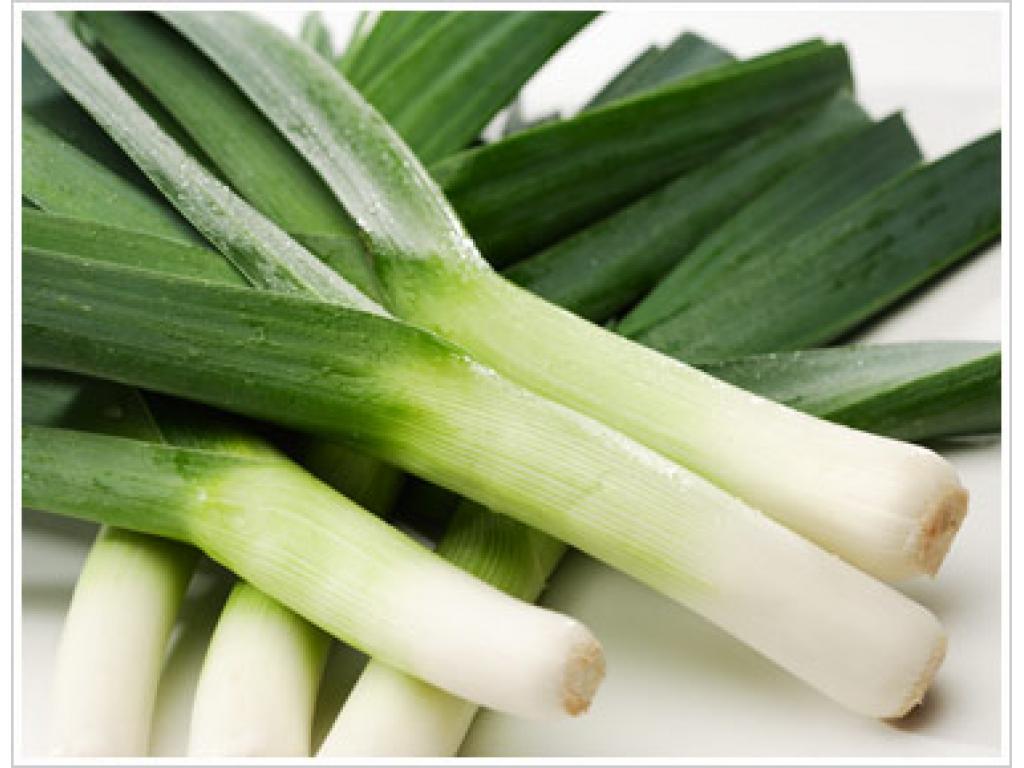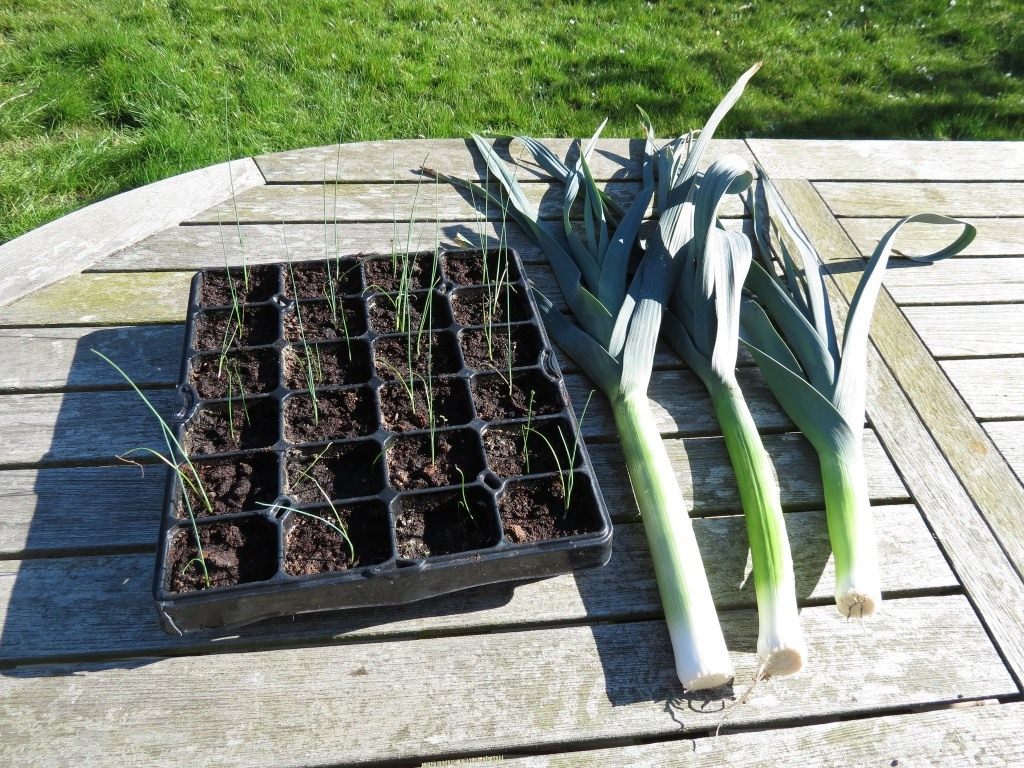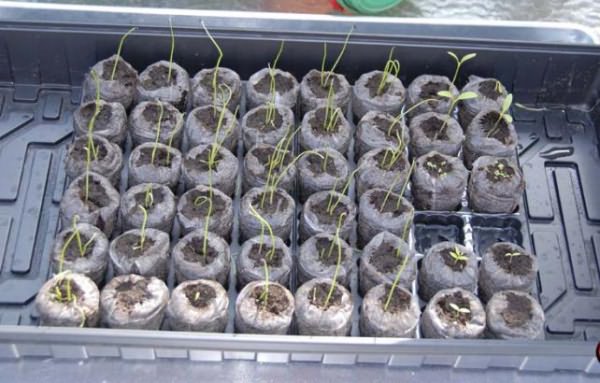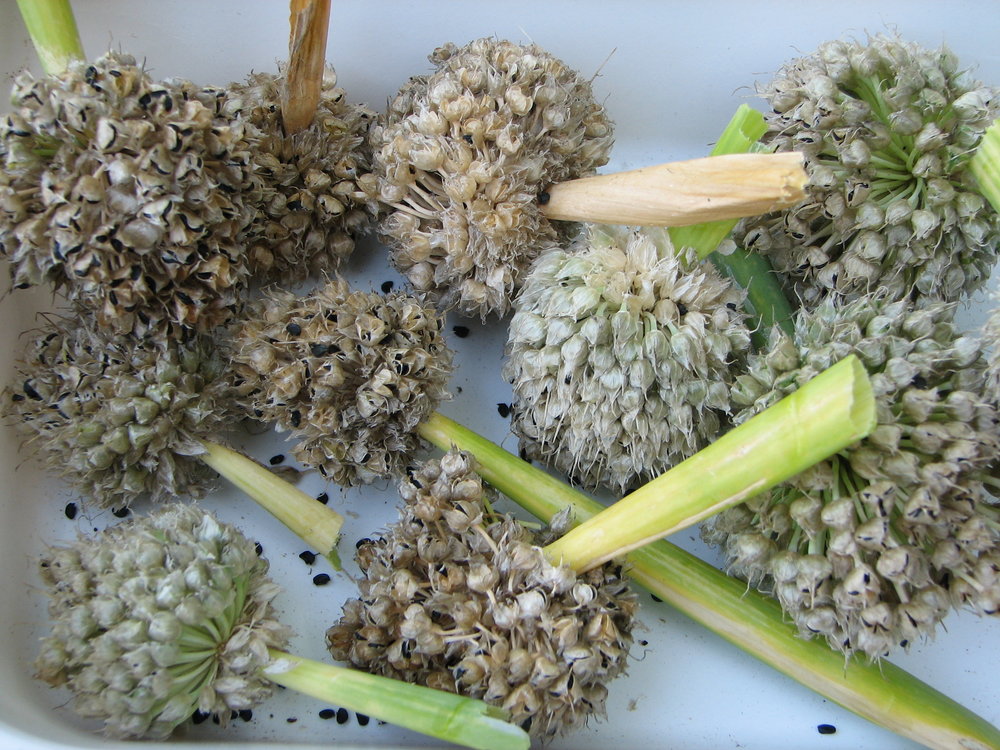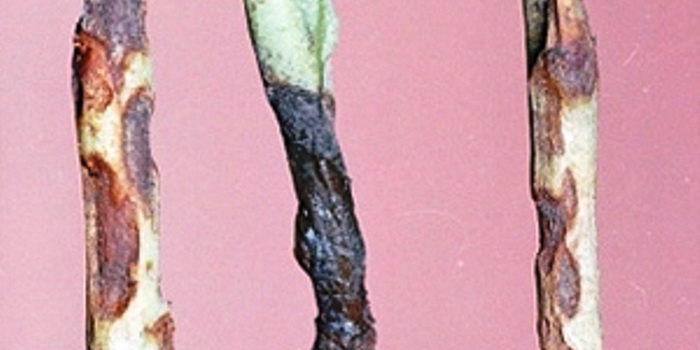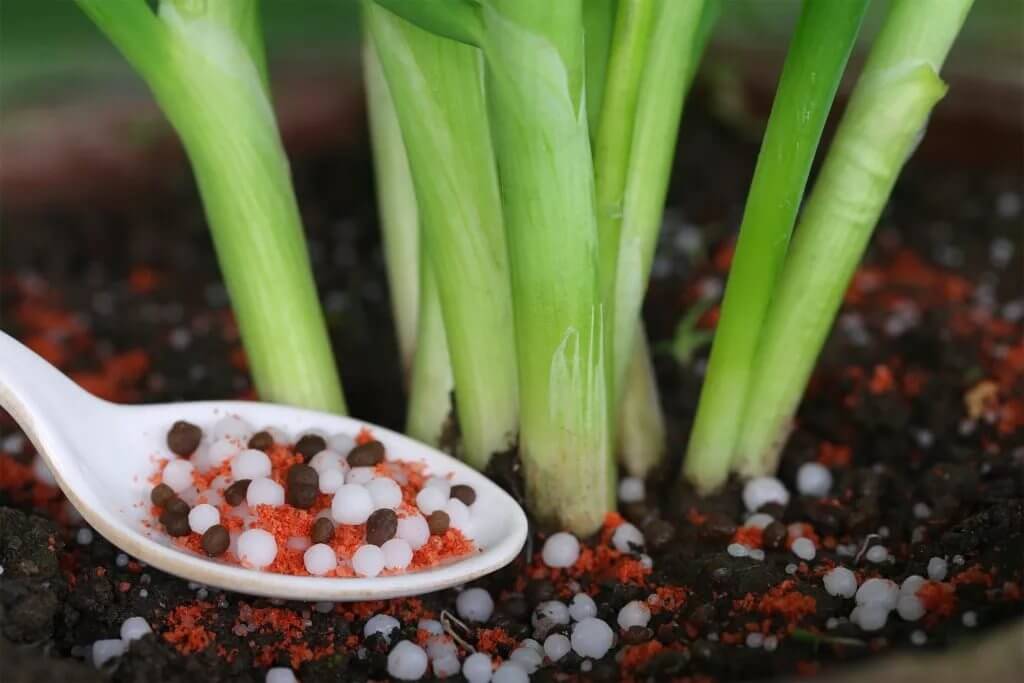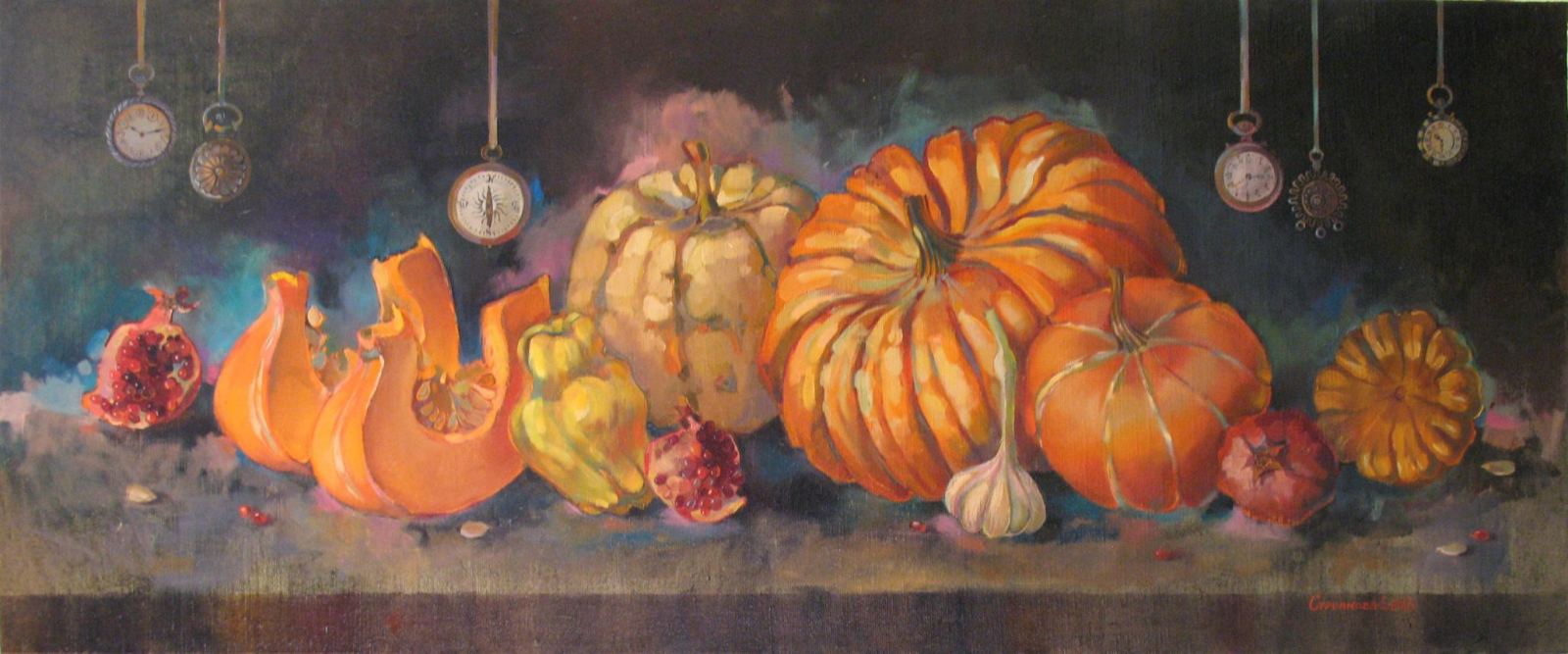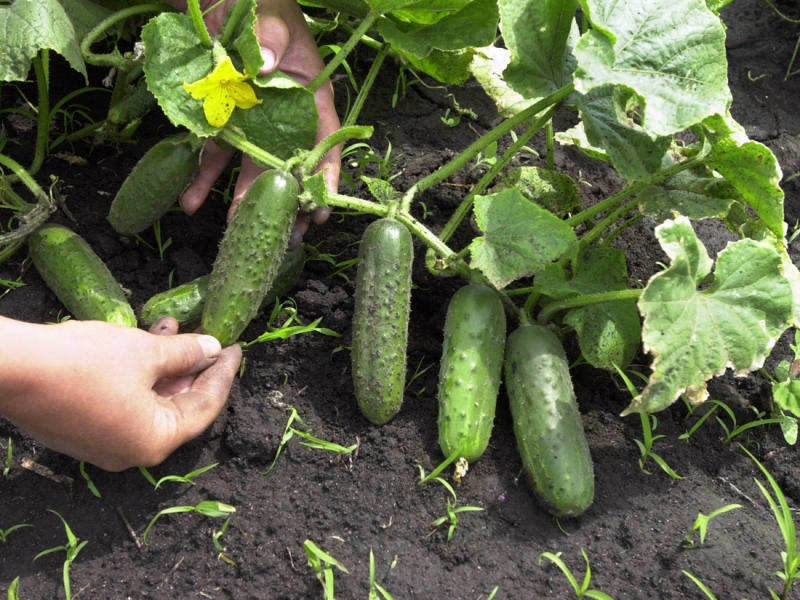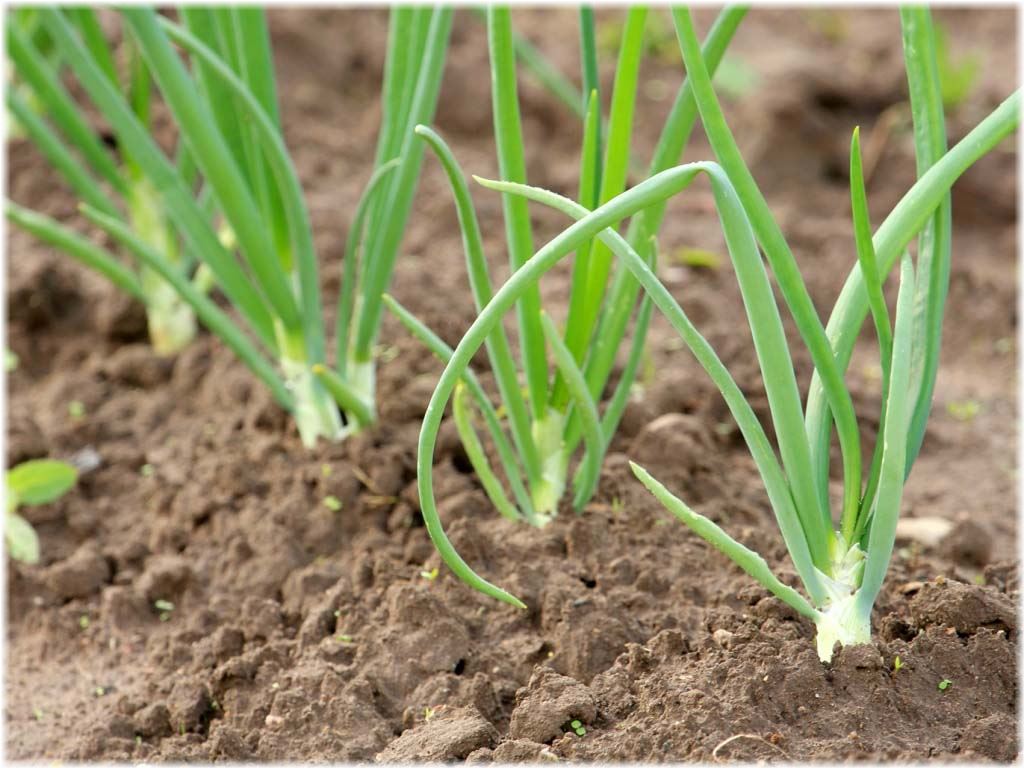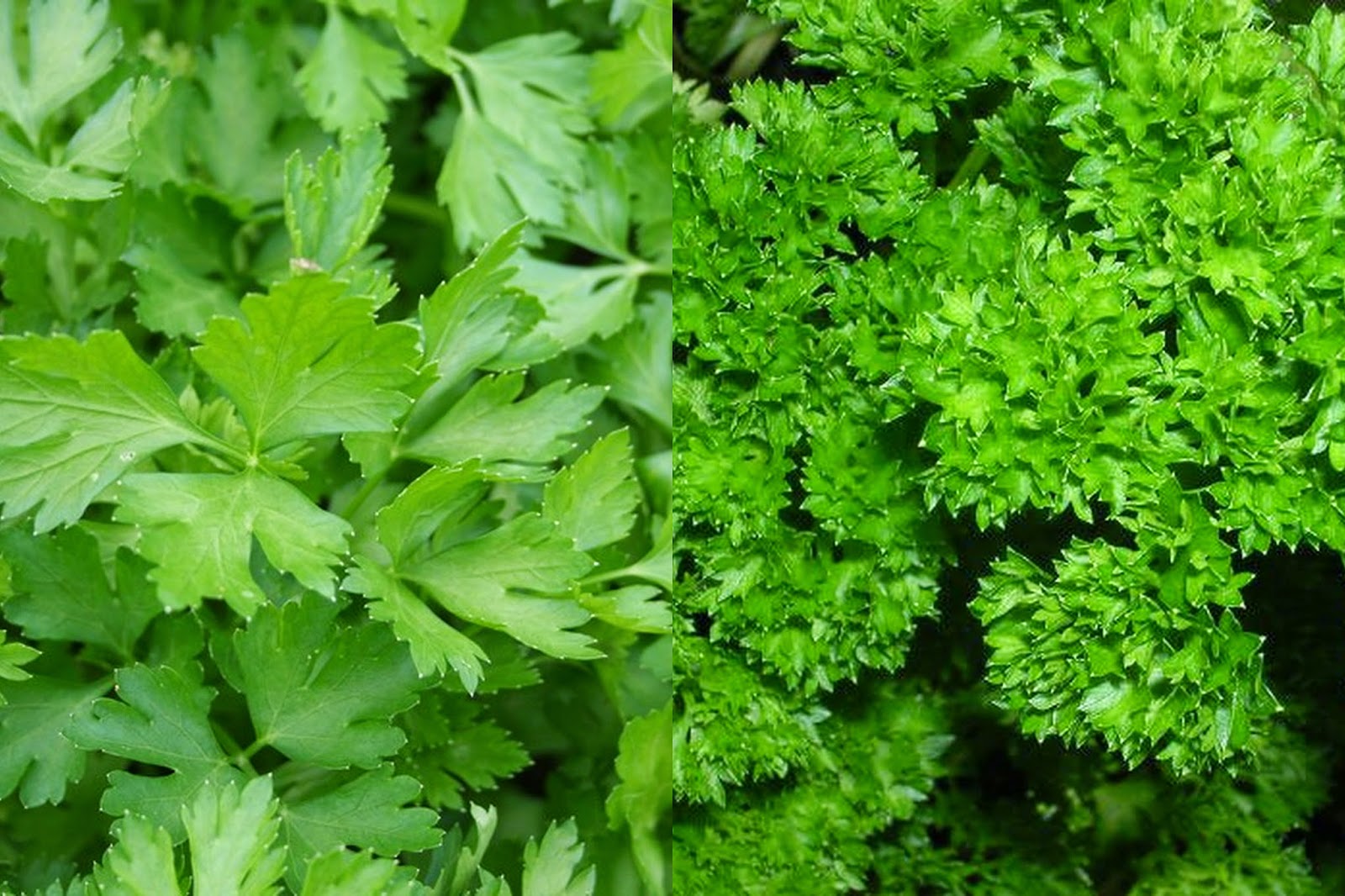Content:
As soon as spring comes, the owners of suburban areas begin to prepare for the crucial period of the coming summer - the planting of seeds of domestic cultivated plants. It must be taken into account that the growing season of such a common crop as leeks is approximately 6-7 months. In the climatic conditions of most regions of Russia, including the Moscow region, the following pattern is observed: if you sow seeds directly into the ground, you may not get a harvest from this crop at all.
General information
The only correct way out of this situation is to plant the bulbous leek only through seedlings. To ensure a good harvest of this product, it is recommended to use early maturing varieties of this crop, designed specifically for sowing seedlings. It is most convenient to buy such seed every year from specialized organizations that sell elite seeds (they work, as a rule, in every large regional center).
Their packaging contains guidelines to help you understand how to grow seeds, taking into account the environmental conditions and soil moisture. Self-cultivation of leeks through seedlings should be carried out in accordance with the requirements of agricultural technology, which must be familiarized with before starting practical actions.
When researching the topic "leeks when to sow seedlings" (that is, what season to choose for this), the following points should be considered:
- You should decide on the time of sowing seedlings even before you start growing leeks in the soil (based on the planned timing of harvesting);
- If you want to collect it at the very beginning of autumn, you need to sow purchased seeds in late February or early March;
- With this approach, by the first days of the next month, they will be completely ready for transplant;
- And, thirdly, in order to easily transplant future onions into open ground, seedlings should be sown no later than the end of March.
When choosing the time of its breeding, it is also important to take into account the climatic factor (the Far Urals and Siberia, by the way, are considered suitable zones for this). The result of growing largely depends on how correctly it is taken into account.
Taking into account the climatic conditions of various regions and zones, the requirements for the time of planting seeds differ somewhat and take the following form:
- In the conditions of the far north, seeds should be planted approximately in April-May, and transplanting should be done somewhere in June;
- For central Russia (including the central region), these dates will shift to the end of February and mid-April, respectively.
Preparatory activities
Soil preparation
The main condition for obtaining a good result is sowing seeds in a sufficiently nutritious, well-loosened soil.To prepare it, it is necessary to do a not very complicated operation, consisting in the preparation of one of the compositions proposed below.
The first option involves mixing in equal proportions of earthen turf, compost, small amounts of humus and peat.
In the second case, the seedling should be grown in peat, but for 5 kg of its initial amount, 250 grams of dolomite flour, as well as the following fertilizers and chemicals, must be added:
- Superphosphate in an amount of about 50 grams;
- About 30 grams of urea;
- A small amount of potassium sulfate (no more than 40 grams).
Since seedlings are not suitable for an intermediate transplant, it is recommended to finally sow them in different pots or, at worst, in spacious boxes.
Experienced home gardeners are familiar with these plastic containers made specifically to house seedlings. The depth of the planting tank in these blanks should not be less than 10-12 centimeters.
The nests prepared for planting must first be treated with a concentrated solution of potassium permanganate, and then dried thoroughly.
Seed preparation
The planting material used also requires thorough preparation, which consists in their special processing. It means the following mandatory operations carried out immediately before sowing:
- First, the seeds are placed in a pale pink solution of potassium permanganate, dissolved in warm water, and kept in it for about 30 minutes;
- After that, the solution should be replaced with cold and clean water and placed in it for another half hour;
- After the specified time, the seed should be placed in a clean and damp cloth and kept in it for about a week.
After freeing from moisture, the future seed should be well dried to a state in which the seeds acquire free-flowing properties. When this result is achieved, you can start planting seeds for seedlings.
Disembarkation rules
In order to plant seeds in containers prepared for them, it is necessary to perform the following mandatory operations:
- First, you will need to fill the containers with ready-to-use soil (not to the very edges), after which you should slightly compact the earth and spill it with fresh water;
- When working with leeks, planting on seedlings is carried out taking into account the observance of the distance not only between individual seeds, but also their rows (about 5 cm);
- When planting a culture in separate containers, 2-3 seeds are placed in each of them and no more (the depth of immersion in the soil is no more than 1-1.5 cm);
- In order to grow the sown seeds, they will need to be covered with a transparent film, and then placed in an area with sufficiently bright diffused lighting.
In the process of growing, you should worry about the system of airing the shoots (removing excess condensate) and about the timely moistening of the soil. If all the above requirements are met, the first shoot may appear in 10-15 days. After all the shoots, without exception, have cut through, it will be possible to remove the shelter.
The following should be noted regarding the temperature regime:
- The ambient temperature is maintained at a level not lower than 17 degrees during the daytime, and about 12 ° C at night;
- It is necessary to maintain the same level for a week, which will not allow the sprouts to stretch too much;
- After this time, the daytime temperature should be increased to 20 ° C, and the nighttime temperature should be raised to 14 ° C.
As it dries, the top layer of soil should be regularly watered with warm water, strictly dosing the amount of moisture.From waterlogging, seedlings can be affected by a disease called "black leg".
Seedling care
It is not difficult to care for the sown seedlings, since the usual care for it comes down to typical operations.
First of all, the seeds should be fed; moreover, this must be done no more than two times during the entire period of cultivation, namely:
- The first feeding is done two weeks after planting;
- The second time - a week before it is supposed to transplant sprouts into open ground.
In the process of feeding them, it is recommended to water them with a weak aqueous solution of compost prepared at the rate of a unit of a mixture of mineral fertilizers per 10 parts of water.
To increase the branching of the roots of the shoots and thicken their stems, it is necessary to periodically dive the root system and shorten the erupting leaves. This pruning should be done every two weeks, carefully monitoring the length of the leaves (it should not exceed 8-10 cm).
About a week before planting leek seedlings in open ground, you should begin to harden the crops, for which it is recommended to take them outside in the daytime.
Sowing seeds in a snail
Planting seeds using this method is not difficult: just place them on strips of soft material, on the surface of which plant soil is scattered. After filling the seeds, the roll of material is rolled up into a kind of twist, which is called "snail".
Unlike all known methods of planting seedlings (boxes, peat and plastic cups, etc.), this approach to how to plant seeds for seedlings has the following advantages:
- When transferring crops, in this case, the roots of the overgrowth are not damaged, as is sometimes observed when planting in a container;
- With this approach, waterlogging of the lateral roots is impossible, leading to their "cutting off" as they dry out;
- In this situation, it is much easier and safer to dive the seedlings, since damage to the roots is practically excluded.
Add to this the very simplicity of the method, which provides the ability to distribute seeds at the desired distance from one another (just like a spacious garden bed allows).
To all of the above, you need to add the following undoubted advantages of this method:
- A strip with future sprouts twisted into a snail takes up a minimum of space on the windowsill and can be used repeatedly;
- It provides fast germination of seedlings;
- The presence of significant distances between seedlings provides freedom of development of the root system;
- And finally, a potential bulb in this case can be planted in the ground without a pick.
In the final part of the review, we note one more feature of the timing of leek transplants, which involves taking into account such an esoteric factor as the lunar calendar. Many horoscopes are known, according to which each type of plant should be planted on certain days of the month. Any gardener has the right to independently focus on the predictions of astrologers and chooses for himself whether he should take into account the lunar factor.
